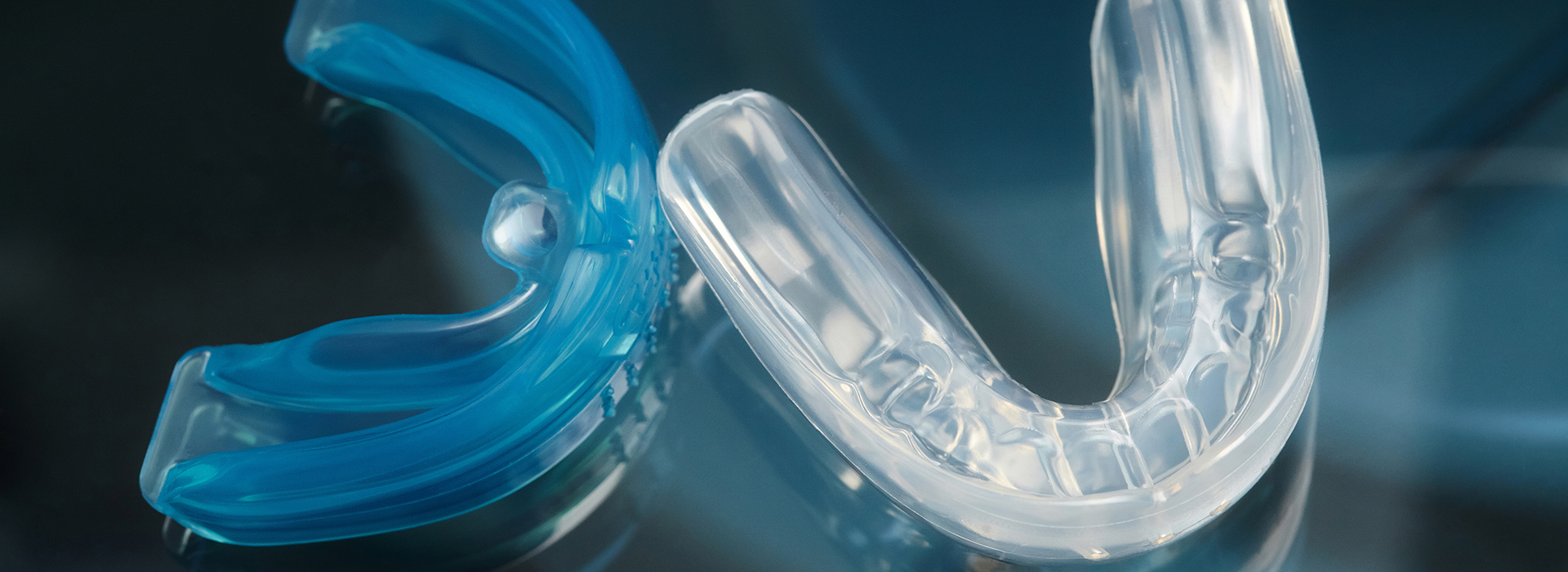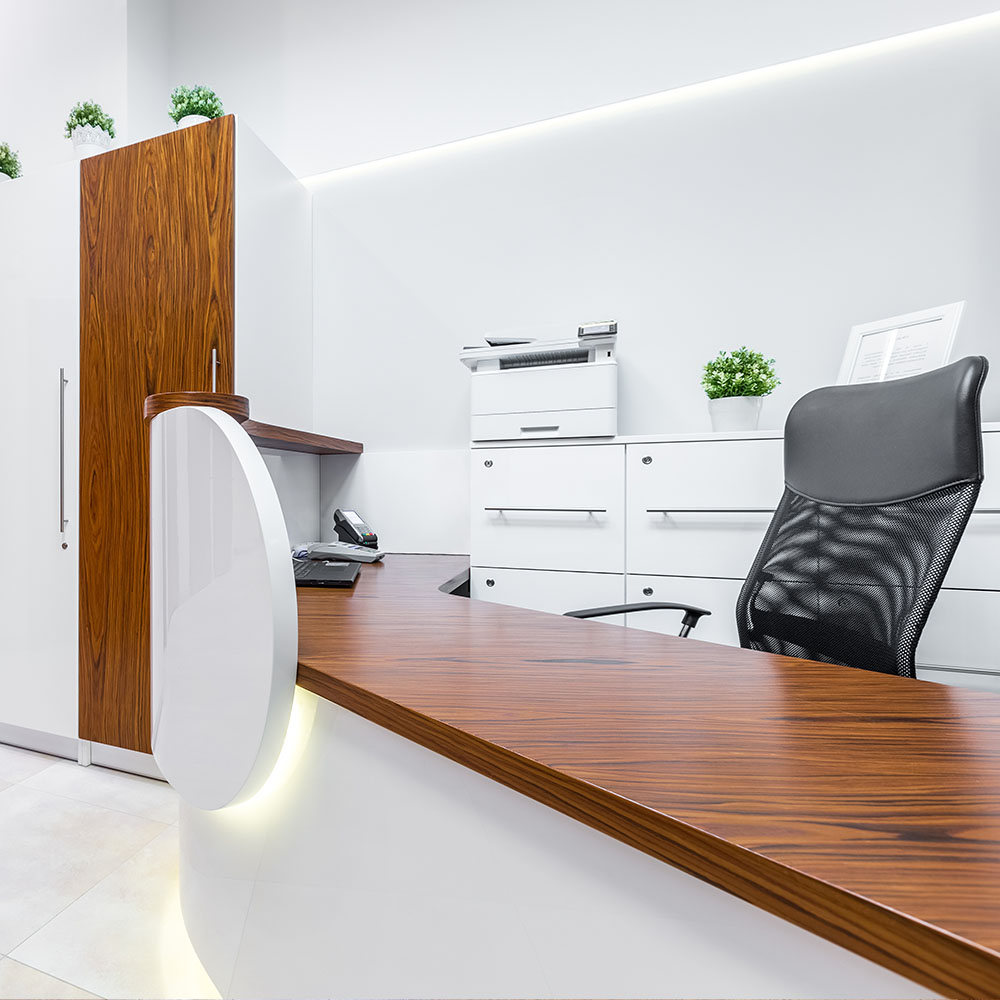New Patients
Existing Patients


Sports bring energy, teamwork, and the occasional collision. Even a low-speed fall or an inadvertent elbow can lead to cracked teeth, lacerated lips, or a knocked-out tooth. A properly fitted mouthguard acts as a first line of defense by dispersing impact forces and reducing the chance of direct trauma to the teeth, soft tissues, and jaw. For athletes at any level — from school teams to weekend recreational players — this simple appliance can prevent injuries that require extensive dental treatment.
Beyond obvious dental trauma, mouthguards can help minimize injuries to the tongue and inner cheeks, which are commonly cut during sudden impacts. They also play a role in stabilizing the jaw and can reduce the severity of certain types of concussion-related forces by cushioning the upper and lower dental arches. Because injuries vary by sport and player, thoughtful selection and fit are essential to get the protective benefits without interfering with breathing or communication.
Choosing to wear a mouthguard is a preventative decision that protects both oral health and athletic continuity. A quick, properly fitted appliance can keep a patient in the game and avoid the downtime associated with restorative dentistry. In that sense, a mouthguard is an investment in safety and in maintaining a healthy smile under pressure.
There are three common categories of mouthguards available: stock (ready-to-wear), boil-and-bite, and custom-made devices crafted by a dental professional. Stock mouthguards are preformed and inexpensive, but they often fit poorly and can obstruct speech and breathing. Boil-and-bite options soften with heat to allow some shaping against the teeth; they provide better performance than stock guards but still may lack long-term stability and precise adaptation.
Custom-made mouthguards are created from impressions taken in the dental office and then fabricated to match the contours of a patient’s teeth and bite. Because they are tailored, they provide superior fit, comfort, and retention. Custom devices can also be designed to accommodate orthodontic appliances, bridges, or crowns, making them a versatile choice for athletes with more complex dental needs.
When comparing options, consider fit, comfort, protection, and longevity. A guard that fits well is more likely to be worn consistently. For players with braces or prosthetic restorations, a custom solution typically offers the best protection and reduces the risk that the appliance itself will cause irritation or damage during play.
A custom mouthguard starts with an accurate dental impression and a bite registration to capture how the upper and lower teeth come together. This information allows a dental laboratory to create a layered, often thermoplastic appliance that balances thickness and flexibility in targeted zones. The result is a guard that preserves natural speech and breathing while maximizing shock absorption where it matters most.
Because custom guards are shaped precisely to the mouth, they are less likely to shift during activity, which reduces the temptation to remove the appliance mid-game. They can also be designed with added features — such as additional thickness in impact zones or relief areas for brackets — to address the unique needs of each athlete. For coaches, parents, and players seeking reliable, long-term protection, this customization often translates into better performance and compliance.
Maintenance and periodic replacement are still necessary with custom guards, but their durability generally outperforms off-the-shelf alternatives. When stored and cleaned properly, a professionally made guard will maintain its protective properties and comfort far longer than generic options.
Any participant in contact sports should consider wearing a mouthguard. This includes organized sports like football, hockey, and lacrosse, as well as recreational activities such as skateboarding, mountain biking, basketball, and martial arts where falls or collisions are possible. Even non-contact sports carry some risk of accidental impact from equipment or another player, so a mouthguard is a prudent precaution for many athletes.
Young athletes, in particular, benefit from consistent mouthguard use because their dental structures and developing jaws are more vulnerable to traumatic injury. For patients with braces or other orthodontic appliances, special mouthguards designed to accommodate hardware are strongly recommended to prevent damage to both the teeth and the orthodontic work. Coaches and parents play a vital role in encouraging protective habits that can remain with an athlete throughout life.
It’s also wise to wear a mouthguard during practice sessions, not just competitive play. Many injuries occur during drills and informal scrimmages, where athletes might be less guarded or attentive. Wearing a mouthguard regularly builds familiarity and helps ensure it will be used consistently when it matters most.
Proper care extends the life and effectiveness of a mouthguard. Rinsing the appliance after use, storing it in a ventilated container, and avoiding exposure to heat or direct sunlight will help preserve its shape. Periodic cleaning with a toothbrush and mild soap or a recommended disinfecting solution keeps the mouthguard sanitary and reduces odor. Patients should take care to keep the guard away from pets, which are often attracted to the scent and texture.
Fit checks should be performed regularly by the athlete and during dental visits. If the mouthguard becomes misshapen, develops cracks, or no longer fits snugly, it should be evaluated and potentially remade. Changes in dental work, tooth position, or orthodontic treatment can alter the fit, so athletes undergoing such changes should consult the dental team about adjustments or a new fabrication.
The office of Joanna Tricorache, DDS can assess fit and performance during routine appointments and advise on the best replacement interval based on individual wear patterns and activity level. Regular professional input helps ensure the mouthguard continues to offer reliable protection for every patient, season after season.
Summary: A well-fitting mouthguard is a simple, effective way to protect teeth, soft tissues, and the jaw during athletic activity. Understanding the differences between stock, boil-and-bite, and custom options — and choosing the solution that balances comfort with protection — helps athletes stay safe and focused on performance. For personalized guidance on selecting and maintaining a mouthguard, please contact us for more information. We’ll help you find the right protection for your needs.

Ready to schedule your next dental appointment or have questions about our services?
Contacting Joanna Tricorache, DDS is easy! Our friendly staff is available to assist you with scheduling appointments, answering inquiries about treatment options, and addressing any concerns you may have. Whether you prefer to give us a call, send us an email, or fill out our convenient online contact form, we're here to help. Don't wait to take the first step towards achieving the smile of your dreams – reach out to us today and discover the difference personalized dental care can make.